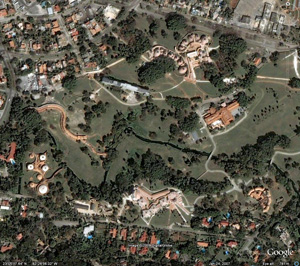Constructed on the abandoned golf course of the Havana Country Club in the early years of the Revolution, the complex of buildings that comprise the National Schools of Art was placed on UNESCO's list of tentative World Heritage Sites. It was itself mostly abandoned after 1965 when it came under criticism for being counter to the goals of the Revolution and funding was suspended; but renewed. Built along Río Quibú, a small stream that was horribly polluted when we saw it, there are five main buildings, each dedicated to one of the arts---plastic arts, music, dance, drama, and ballet. Two were designed by the Cuban architect Ricardo Porro (b. 1925), two by the Italian architect Roberto Gottardi (b. 1927), and one by another Italian architect, Vittorio Garatti (b. 1927). All of the buildings, except for a dormitory on the campus, now painted blue, were built with brick and terra-cotta tile, in part because of shortages of concrete brought on by the U. S. embargo that began in 1960. Denounced in his homeland, Porro left Cuba in 1966 as did Garatti, but Gottardi remained and has continued to be a prominent advocate for completing the academy that he helped build. In 2003, Cuba included the schools on its tentative list of World Heritage sites, which are designated for their "outstanding universal value." We saw two buildings in the complex in 2002: Porro's Plastic Arts building, which was denounced in the sixties for its bourgeois sensuality but is the most-used of the five buildings, and Garatti's building for Ballet, which was completely abandoned and badly overgrown. In 2009, aerial photographs suggest that the site is now much better maintained. Areas that were overgrown in 2002 have been cleared, and even the river doesn't look as nasty as it did then. |
![]()
La Escuela de Artes Plásticas |
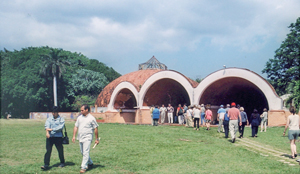 |
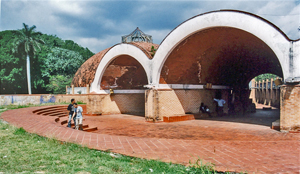 |
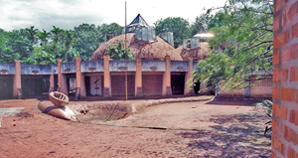 |
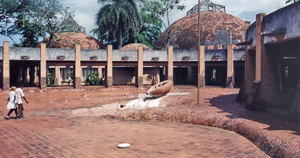 |
|
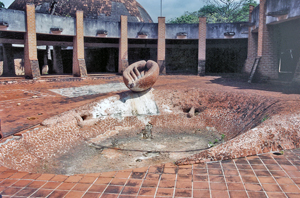 |
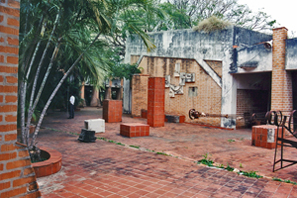 |
|
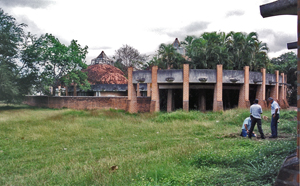 |
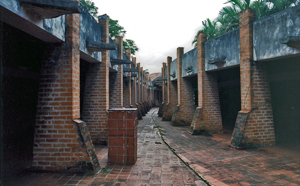 |
|
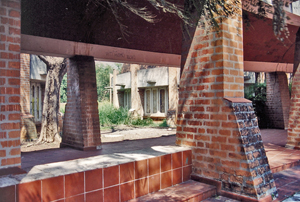 |
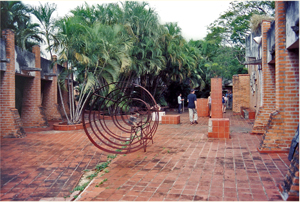 |
|
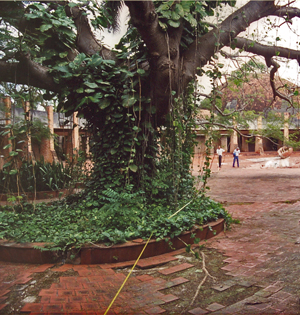 |
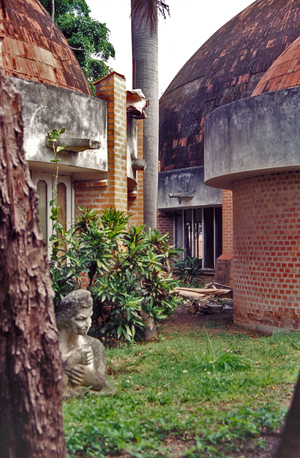 |
|
La Escuela de Ballet |
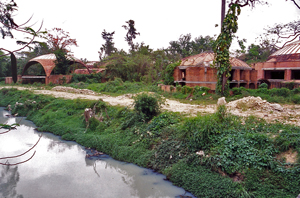 |
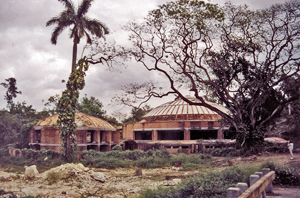 |
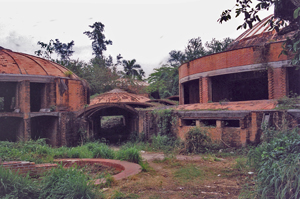 |
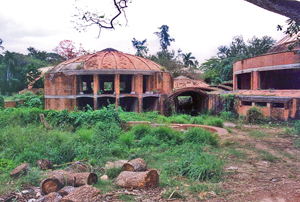 |
|
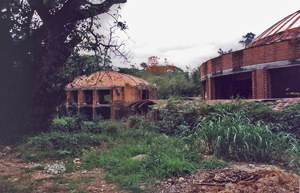 |
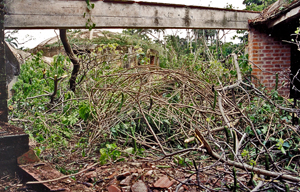 |
|
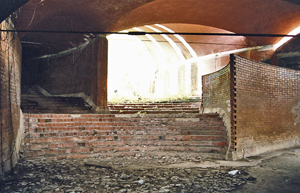 |
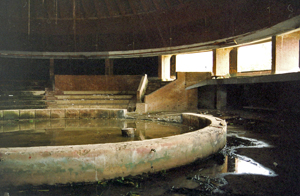 |
|
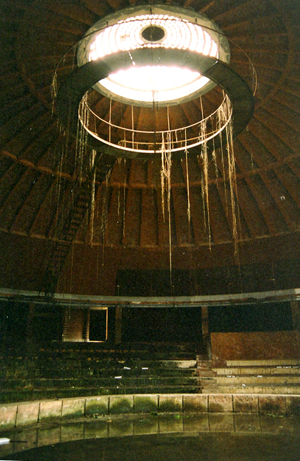 |
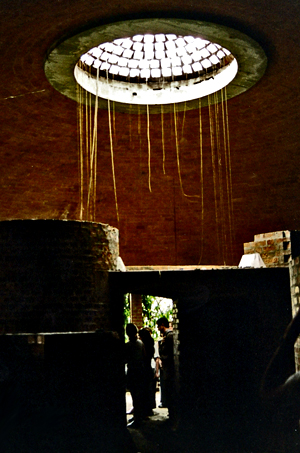 |
